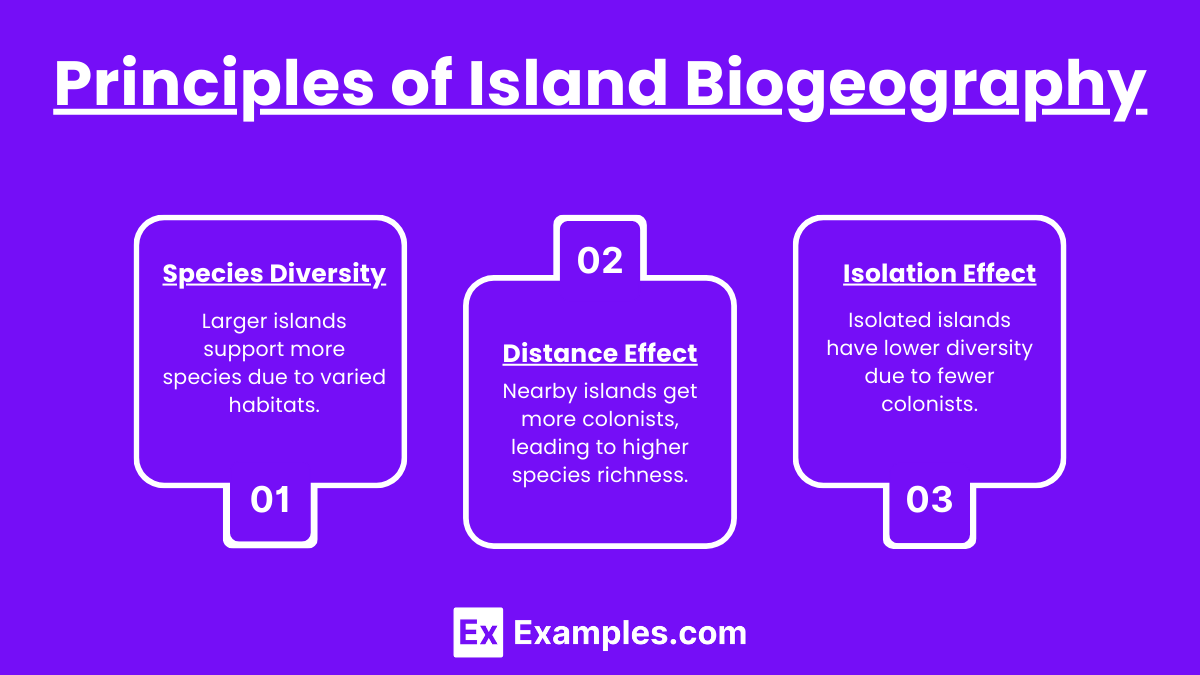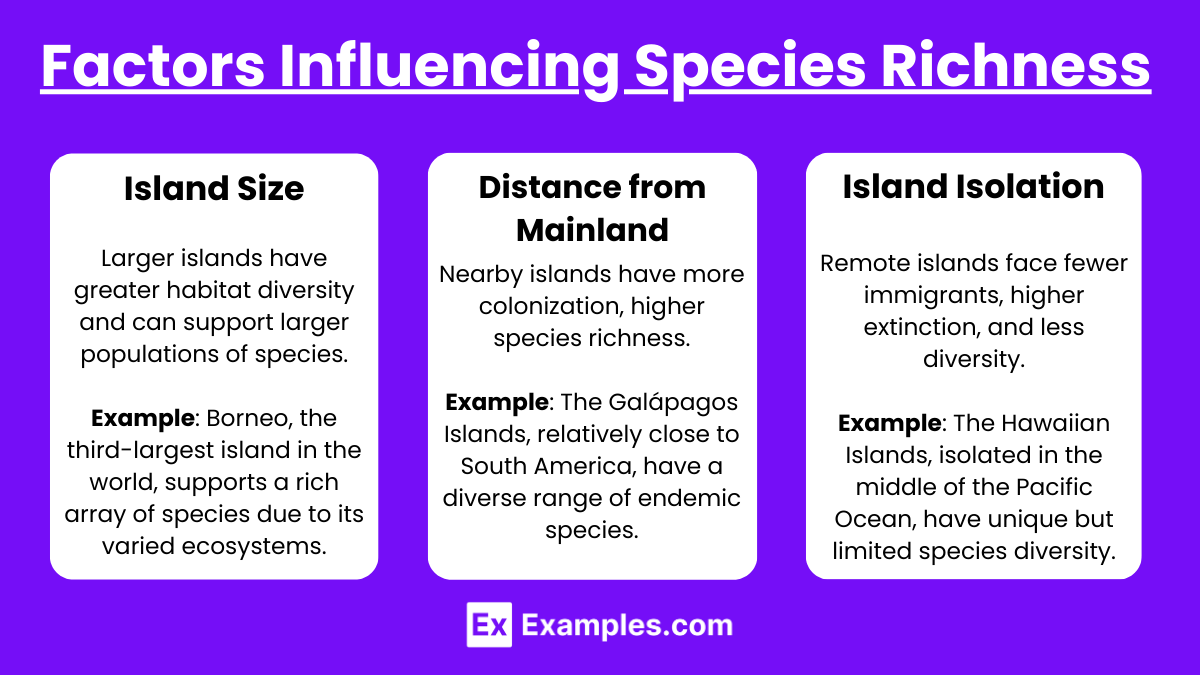Island biogeography explores the unique ecosystems formed on isolated landmasses, emphasizing how ecological processes and biodiversity interact within these constrained environments. In ecology, islands serve as microcosms where flora and other organisms adapt to specific conditions, often resulting in high species diversity. These dynamics play a crucial role in the broader biosphere, illustrating how isolated habitats influence evolutionary processes and species distribution. Understanding island biogeography not only sheds light on the mechanisms driving biodiversity but also underscores the conservation challenges faced by these fragile ecosystems amidst global environmental changes.
Free AP Environmental Science Practice Test
Learning Objectives
Learning objectives for island biogeography include understanding how islands influence the distribution and adaptation of organisms, particularly mammals, due to factors such as isolation and size. Students should grasp the principles of ecology governing species diversity on islands, considering the effects of climate change on these fragile ecosystems. They should analyze how island characteristics like habitat fragmentation and invasive species impact biodiversity, emphasizing the importance of conservation strategies. By studying these interactions, students will appreciate the role of island biogeography in evolutionary processes and the implications for global biodiversity conservation in the face of environmental challenges.
Definition
Island biogeography is the study of the distribution and abundance of species on islands and how these factors are influenced by island size, distance from the mainland, and isolation.
Principles of Island Biogeography

Species Diversity:
Larger islands generally support more species than smaller islands due to larger habitats and more varied ecosystems.
Example: The Hawaiian Islands exhibit high species diversity with various habitats across different islands.
Distance Effect:
Islands closer to a mainland source of species are more likely to receive colonists, resulting in higher species richness.
Example: Islands near continents typically have more species compared to remote oceanic islands.
Isolation Effect:
Isolated islands have lower species diversity because they receive fewer colonists and experience higher rates of extinction.
Example: Remote islands like those in the Pacific Ocean may have fewer species due to limited colonization events.
Factors Influencing Species Richness

Island Size:
Larger islands have greater habitat diversity and can support larger populations of species.
Example: Borneo, the third-largest island in the world, supports a rich array of species due to its varied ecosystems.
Distance from Mainland:
Islands closer to a mainland receive more frequent colonization events and have higher species richness.
Example: The Galápagos Islands, relatively close to South America, have a diverse range of endemic species.
Island Isolation:
Remote islands experience fewer immigration events and may have higher extinction rates, resulting in lower species diversity.
Example: The Hawaiian Islands, isolated in the middle of the Pacific Ocean, have unique but limited species diversity.
Conservation Implications

Habitat Fragmentation:
Human activities like deforestation and urbanization on islands can fragment habitats, reducing species diversity.
Example: Fragmented forests on Madagascar threaten species like lemurs and other endemic wildlife.
Invasive Species:
Introduction of non-native species can disrupt island ecosystems, leading to declines in native species.
Example: Invasive rats on many Pacific islands prey on bird eggs, threatening native bird populations.
Climate Change:
Rising sea levels and changing weather patterns can impact coastal and low-lying islands, affecting habitats and species.
Example: Coral bleaching due to warming oceans threatens coral reefs and the species that depend on them.
Protected Areas:
Establishing and managing protected areas on islands is crucial for conserving endemic species and their habitats.
Example: National parks and marine reserves in the Galápagos Islands protect unique ecosystems and species.
Case Studies
Galápagos Islands:
Famous for their high level of endemic species, influenced by their isolation and unique volcanic geology.
Example: Darwin's finches and giant tortoises are iconic species studied for their adaptations and evolutionary history.
Madagascar:
Known for its high biodiversity and large number of endemic species, threatened by deforestation and habitat loss.
Example: Lemurs are primates found only on Madagascar and face extinction due to habitat fragmentation.


